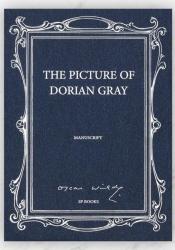(1890) "The Picture of Dorian Gray" by Oscar Wilde
In the article "Aestheticism, Homoeroticism, and Christian Guilt in the Picture of Dorian Gray," Lewis Carroll constructs an argument that relates Oscar Wilde's The Picture of Dorian Gray to the contemporary converstaions of Darwinism, negative reception towards homoeroticism, and the realization of Christian guilt. The argument of the article itself shows how literary criticism evolved from ignoring and even despising novels to later creating historical arguments using novels as their evidence. Carroll links the novel's subject matter to the historical intellectual movements of the late 19th century. In the article, Carroll claims that The Picture of Dorian Gray pushes back against Darwinian criticism in two ways. First, the homoerotic relationships presented in the novel contradict Darwin's idea of mating for reproduction. Secondly, the primary conflict in the novel opposes the "quasi-Darwinian conceptual strucutre implicit in most realist and naturalist fiction" (Carroll 287). Earlier in the history of the novel, novels would likely not receive such regard to be compared to historical movements.
Carroll, Joseph. "AESTHETICISM, HOMOEROTICISM, AND CHRISTIAN GUILT IN THE PICTURE OF DORIAN GRAY." Philosophy and Literature, vol. 29, no. 2, 2005, pp. 286-304. ProQuest, http://pointloma.idm.oclc.org/login?url=https://www-proquest-com.pointlo....

